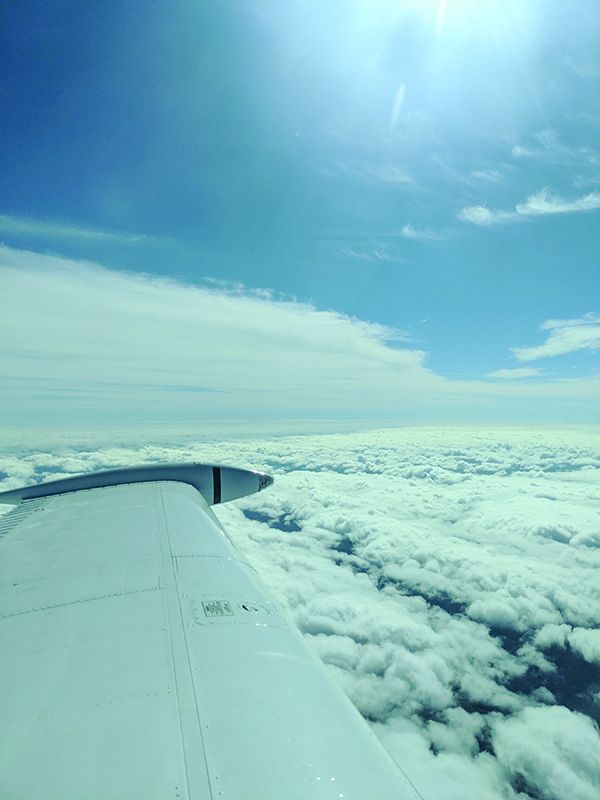I made another long cross-country in October, of about the same length as the one I documented in September’s issue (“If X, Then Y”). This one didn’t feature airport fuel farms with no 100LL, or a thunderstorm right over my destination when I wanted to use it, however. In fact, after delaying my planned departure for a day, thanks to widespread low IFR at my destination, it went off without a hitch, both ways. In between, I even worked in a 45-minute hop to visit with a close friend, since I’d already come most of the way.
The one-day delay in departing involved a real risk of not being able to get into the destination—the weather was that low—and not wanting to get there, shoot an approach, turn around and have to fly two-plus hours to get to decent conditions if I couldn’t get in. An en route fuel stop guaranteed I’d have the gas, but perhaps not the patience to spend 10 or so hours in the air that day.
Some observations and reflections include the fact that a high-performance piston single remains one of the best ways to conduct personal travel. It took me roughly seven hours to cover more than 1000 nm, including a fuel stop. Since the departure and destination cities are well-served by the airlines, I certainly could have bought a ticket and taken the ride, but I wouldn’t have saved much time, given check-in lines, TSA security and layovers. I literally couldn’t get there from here, non-stop, on the airlines, and the side trip would have been a nightmare. A rental car for the side trip would have been an option, but have you tried to rent a car lately?
In addition, “the system” worked well. I always file IFR for these trips and my planned routings were readily accepted to keep me out of busy and/or sensitive airspace. ATC treated me just like any other flight and gave away direct when they were able. A controller even readily accepted a requested re-route as I departed my get-back fuel stop, and subsequent controllers also gave me direct destination after deviating for weather. The airplane worked well, too, for which I’m grateful. I changed the oil before the trip and, according to the dipstick, the recently overhauled engine didn’t use a drop.
A final observation involves using supplemental oxygen. I flew all the long legs at either 9000 or 10,000 feet, and used O2 when at the higher altitude. There was a noticeable difference in how I felt at the end of the day when using oxygen, highlighting that it’s not just for when you’re above 12,500 feet, but also valuable at lower altitudes over several hours, especially at night.
Sure; this kind of trip isn’t for everyone, or even every pilot. I had no passengers and little of a schedule to meet, so minor delays or changes to the overall plan had no impact. My overall point? The general aviation airplane remains a significant value in personal transportation.
— Jeb Burnside




